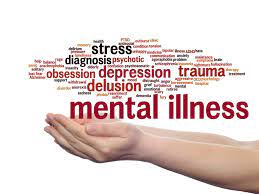The Mental Health Crisis
Since 2012, the number of Canadians with mental health issues has increased by 62 percent. Today one in 13 Canadians qualify for the diagnosis. The number of Canadians with anxiety disorders has doubled, with one in 14 now suffering from social anxiety disorder. Rates of bipolar disorder rise, and substance use disorder fell by 0.6 percent each, with the fall in substance abuse driven by alcoholism.
While mental illness is much higher among the general population today than it was a decade ago, the rates among young Canadians, particularly young women, are sky high. One in four Canadian women between the ages of 15 and 24 qualify for social anxiety disorder, and nearly one in five qualify for major depressive disorder. This is a big increase from a decade ago when those numbers were about half of what they are now.
Young Canadian men are half as likely to have a mood disorder as young women but are more likely to be addicted to alcohol, cannabis, or drugs, with one in 10 qualifying for a substance use disorder. They are also three times as likely to commit suicide though young women are far more likely to attempt.
The surge in mental health issues among Canadians in the past decade is the result of several factors. Canada’s stagnant economy and the rising cost of living play a significant role. In a recent mental health study 30 percent of Canadians said that economic issues were impacting their mental health with debt, inflation, rent or mortgage payments, and food costs driving up anxiety and depression. Worse still, the poll showed that 41 percent of Canadians facing financial challenges had thought about killing themselves in the past year.
Young Canadians today are the first generation to grow up with social media as an integral part of their lives, and its effects on their mental health are becoming apparent. Social media has changed how we interact with one another and led to more social comparison and cyberbullying. Statistics Canada’s online harm reports found that a quarter of Canadian teenagers and young adults report being bullied or harassed online. This percentage rises to 35 percent among those who are constantly online or have trouble making friends.


Be the first to comment